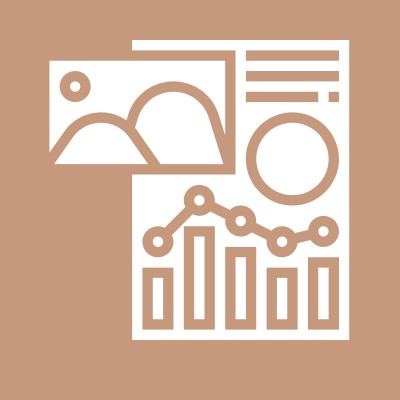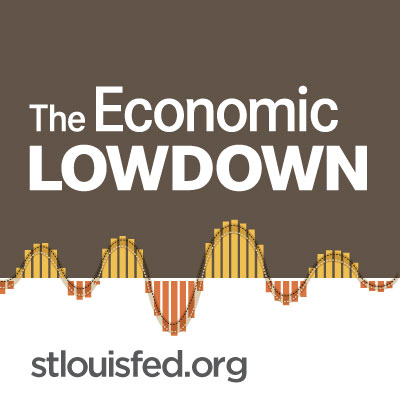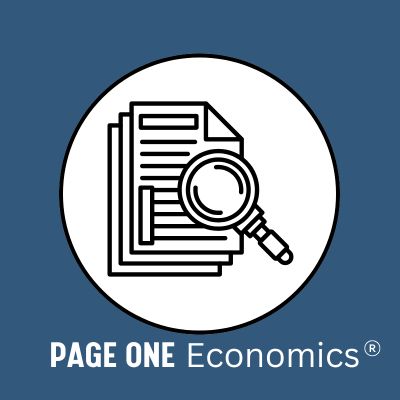Market Basket
Interpret the effects of inflation on consumers.
{{searchResultSnippet}}
 Back to All
Back to All

In this video assignment, learn about some of the things that can cause inflation in both the short and the long run.
You can inflate a basketball with air, but in economics, inflation means, “a rise in the general price level of all the goods and services produced and sold in an economy.” One of the causes of inflation can be too much spending chasing too few goods. In other words, the total demand for goods and services in the whole economy is greater than what the available resources can supply. Let’s see how that works: ...and we have this great “car” that we’re auctioning off today. These students are bidding on a “car.” Let’s assume that car represents all the goods and services produced in the economy during the year. The bidders have different amounts to spend, up to a maximum of $10,000. So let’s start out with a first bid of $1,000. Right there, I’ve got $1,000. How about $3,000? (Three thousand.) How about $5,000 (Five thousand.) Seven thousand! (Seven thousand.) Eight thousand, right here! Eight thousand! Eighty-five hundred! Eighty-five hundred, right? Eighty-five hundred with this guy, going once... going twice... [Voice fades] Ah-hah! This lucky bidder gets the car for $8,500. But what happens when the money supply is increased and the same people bid on a second car the next year? Same model, but the maximum any bidder has now is $25,000. You guys have the dough, you know? You’ve got it goin’ on! Who’ll give me $5,000? (Five thousand.) When the maximum possible bid is raised to $25,000, the car goes for... Twenty-one thousand! Twenty-one thousand dollars. That’s 147% inflation! Now, remember: We assumed that the car represented all the goods and services produced in the economy in each year, so the inflation was caused by an excessive increase in the money supply coupled with no change in the amount of goods and services produced in the economy in each year. Another cause of inflation is called an inflation shock. In 1973, an oil embargo caused a dramatic rise in oil prices. Because so much of the economy depends on products made from oil, the result was higher inflation throughout the economy. There are several things that can lead to inflation in the short run, but long-run sustained inflation is caused by excessive growth in the money supply. In the 1970s, inflation shocks—such as the dramatic rise in oil prices— were coupled with excess growth in the money supply. Together the inflation shocks and the overly accommodative monetary policy fueled inflation throughout the decade. This is why price stability is so important to the Federal Reserve, which can control the growth of the money supply in the United States.

Market Basket
Interpret the effects of inflation on consumers.

Infographic Posters
Browse infographics for your classroom.

Econ Lowdown Podcast Series
21 Economics audio assignments for your classroom

The Inflation Rate Is Falling, but Prices Are Not
Differeniate between inflation, disinflation, and deflation.

Calculate Your Lifetime Inflation Activity
Learn how to measure changes in inflation over a lifetime.

10 FRED Graph Activities in 10 Minutes
Learn about data through graphing activities.

Boom Times and Bubbles: The Internet Age
Learn about the Monetary Control Act of 1980.

Central Banking
Learn the basics parts a central bank.

Creation of the Federal Reserve
Learn about banking panics, recessions, and depressions in the U.S. during the 1800s.

Inflation, Deflation, and Disinflation
Learn the differences between inflation, deflation, and disinflation.

Introduction to the Federal Reserve
Introduce the Fed’s three main functions.

Monetary Policy Fed and You
See how the Fed conducts monetary policy.

Money Versus Barter
Learn how money solves problems created by barter systems.

Price Stability
Learn the importance of price stability.

Stagflation in the 1970s
How did Federal Reserve Chairman Paul Volcker contain inflation, spurred economic growth, and reduced unemployment?

Structure of the Federal Reserve
Learn about the Board of Governors, the Reserve Banks, and the FOMC.
{{resourceTitle}}
{{resourceBlurb}}